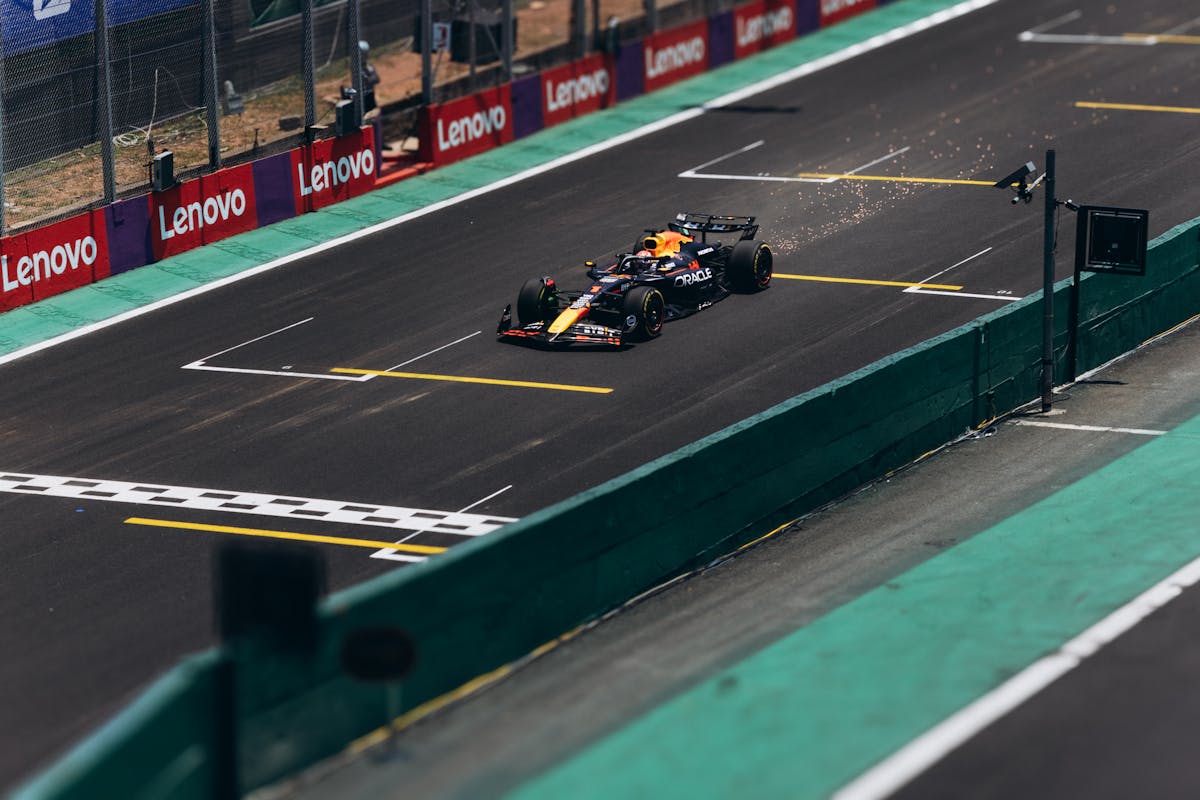Creating Lossless Compression Algorithms using AI
Lossless compression is highly used in storage and transmission of data since it reduces the file size but saves every bit of the original information. For many years, the most traditional methods Huffman coding, LZ77, and the Burrows-Wheeler transform (BWT) dominated the compression landscape. However, Artificial Intelligence will bring new frontiers into innovative improvements within compression algorithms.
We analyze, in this blog, how AI methods may help in the design of the best possible lossless compression algorithm—one that finely balances between the highest compression ratio and highest speed across different data types. With traditional data compression’s principles combined with the pattern recognition power of AI, we hope to build an efficient, scalable solution.
Lossless Compression: Understanding the Basics
Before stepping up to AI, some knowledge about the fundamentals of lossless compression is required. The idea is that files can be compressed without any losses in information. What this means is that once decompressed, the original file is exactly recreated.
Traditional lossless compression algorithms operate based on exploitation of redundancy in the data, namely repeated patterns, sequences, or frequent symbols. The techniques outlined above-Lempel-Ziv algorithms, Run-Length Encoding (RLE), Huffman coding-are optimized for that purpose: to detect such patterns and compress as much data as possible.
The traditional methods fumble with highly complex or disorganized data, in particular with multimedia files or encrypted data. That’s where AI comes into the picture.
Why AI for Lossless Compression?
AI does amazingly well on many pattern-finding activities involving large datasets-especially in datasets that are not obvious to the naked eye of algorithms. In lossless compression, AI can dynamically adapt to characteristics in the data and better identify recurrences, symbols, or dependencies than handcrafted algorithms.
There are several benefits to potential AI-based compression:
- Adaptability: AI models can be trained to recognize and adapt to different types of data (text, images, video) and improve compression efficiency across domains.
- Higher Compression Ratios: By learning complex patterns and relationships in the data, AI can achieve better compression ratios than many traditional algorithms.
- Machine Learning Algorithm: AI automatically discovers deep and complex dependencies in data that may not be readily apparent to other techniques; consequently, maybe perfectly compressible.
Tutorial to Develop an AI-Based Lossless Compression Algorithm
Here’s a hands-on guide on how to develop your AI-based lossless compression algorithm.
1. Data Collection and Preprocessing
Your first step would be to gather different kinds of training data, since AI models require much information to learn by example. In the compression process you will require several types of files such as the ones mentioned below:
- Text: books, articles, logs
- Image: PNG, BMP, and so on
- Audio: WAV, FLAC and so on
- Video: uncompressed and so on
There is a need for pre-processing this data. In traditional compression, file types may require different algorithms; however, the general idea of AI is to generalize on all types. So, there is a need to preprocess this data in a uniform format or numerical presentation suitable for training.
Examples
- Text must be tokenized in sequences of symbols or words
- Images must flatten in pixel arrays.
- Audio/Video can be converted to numerical waveform representations or other feature vectors.
2. Choice of Machine Learning Model
The choice of a machine learning model that you will select is likely to have an enormous impact on how well your compression algorithm performs. Here are some examples:
- Recurrent Neural Networks (RNNs): Well-suited for sequential data, such as text or audio. Models, such as LSTMs (Long Short-Term Memory) or GRUs (Gated Recurrent Units) handle long-range dependencies well.
- Transformer Models: The transformer model offers the functionality of parallel processing of sequences, making transformers both efficient and powerful in capturing patterns in complex data structures such as text, images, and video.
- Autoencoders: Autoencoder learns the compressed (latent) representation of input data, and it can be used for compression and reconstruction. The task here is to learn a compressed encoding that can be done to represent the input data with minimal loss.
- Variational Autoencoders (VAEs): They can generate even more efficient latent representations, which could be helpful for compression.
- Convolutional Neural Networks (CNNs): CNNs are helpful when you have to compress images or videos since they capture local dependencies in spatial data. They can be used with more data types by viewing sequential data as 2D arrays.
3. Training the Model
Having established your model, it’s time to train. There are some important points to note:
- Supervised Learning: For compression, original data set can be used as input and output also. The model will learn how to reconstruct the data from a compressed representation.
- Reconstruction Loss: This involves loss functions that penalize the difference between the original data and decompressed output. Generally, the type of loss function depends on the type of your input data is continuous or categorical. MSE is very commonly used with continuous data, and cross-entropy is usually used with categorical data.
- Entropy Coding: Apply techniques of entropy coding, like Huffman coding or arithmetic coding, to the learned latent space to compress it even further. In this stage, an encoding is optimized by giving shorter codes to frequently occurring symbols.
4. Model Optimization
After training, you have to optimize your model in terms of compression ratio and compression speed. You can work on optimizing several aspects as shown above
- Quantization: Decrease model’s learned representation precision to save space without losing much fidelity.
- Pruning: Delete some parameters from the model to reduce memory usage and speed up computation.
- Parallelization: If you deal with such large files or multimedia data, opt your model for GPU or multi-core processor to enjoy faster encoding and decoding.
5. Testing and Evaluation
If you are designing an AI compression algorithm, then you will probably wish to put it through some benchmark testing to ensure that it is playing in the right league. You use datasets like the Canterbury Corpus for text or the Silesia Corpus for mixed content to compare its efficiency.
You can measure your algorithm against the following metrics:
- Compression Ratio: The size of the compressed file relative to the original.
- Time Complexity: Measure both compression and decompression speed.
- Scalability: Test across data types – text, image, audio, to see how well the model generalizes.
6. Iteration and Refine
AI models can always be improved with more data and tuning. Continuously refine your model by training on larger datasets, testing new architectures say transformer variants, adjusting hyperparameters like latent space size or learning rate, among others.
AI-Based Lossless Compression: The Future
In the future, the prospect of lossless compression will come through the ability of AI to learn and train on diverse types of data. It allows it to be more flexible and effective than ever. Since traditional algorithms are fine-tuned for one specific task, AI offers universal solutions which can compress anything ranging from text to multimedia efficiently.
It may be the case that the best results are achieved in the combination of AI with traditional compression techniques, such as entropy coding or dictionary-based methods. It may also produce the very best compression ratios ever achieved.
Machine learning in the compression algorithm brings us closer to that day when every bit of data stored and transmitted will be its most compact shape without sacrificing speed or quality.
Conclusion
It is as much an exercise in innovation as in optimization – the best AI-based lossless compression algorithm may be created using AI’s strong capabilities: pattern recognition, adaptability, and generalization. The potential of its strengths may be utilized for thrusting boundaries about compression towards better ratios and faster speeds across multiple data domains.
Whether you’re an AI enthusiast or a data scientist, this is the best time to have fun playing with this exciting fusion of data science and compression algorithms.
Are you ready to start building your AI-powered compression algorithm?








